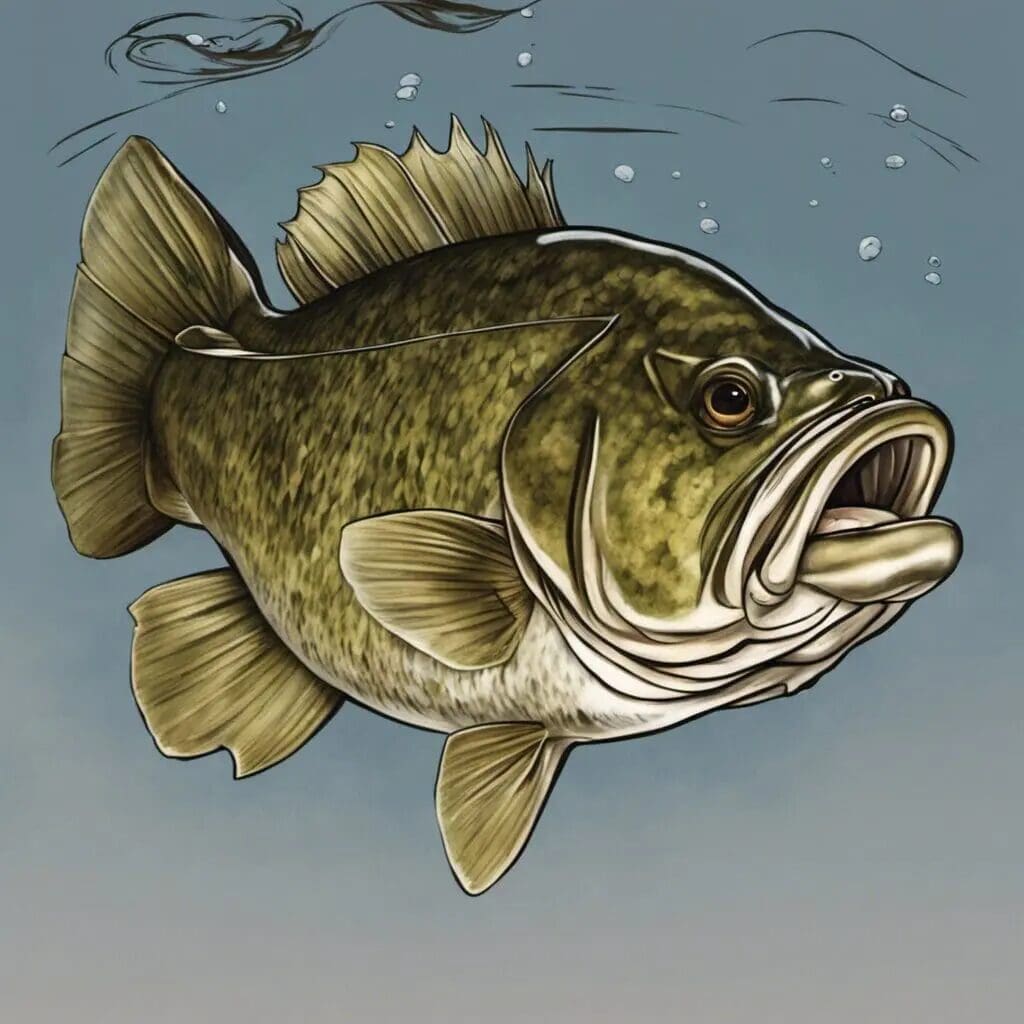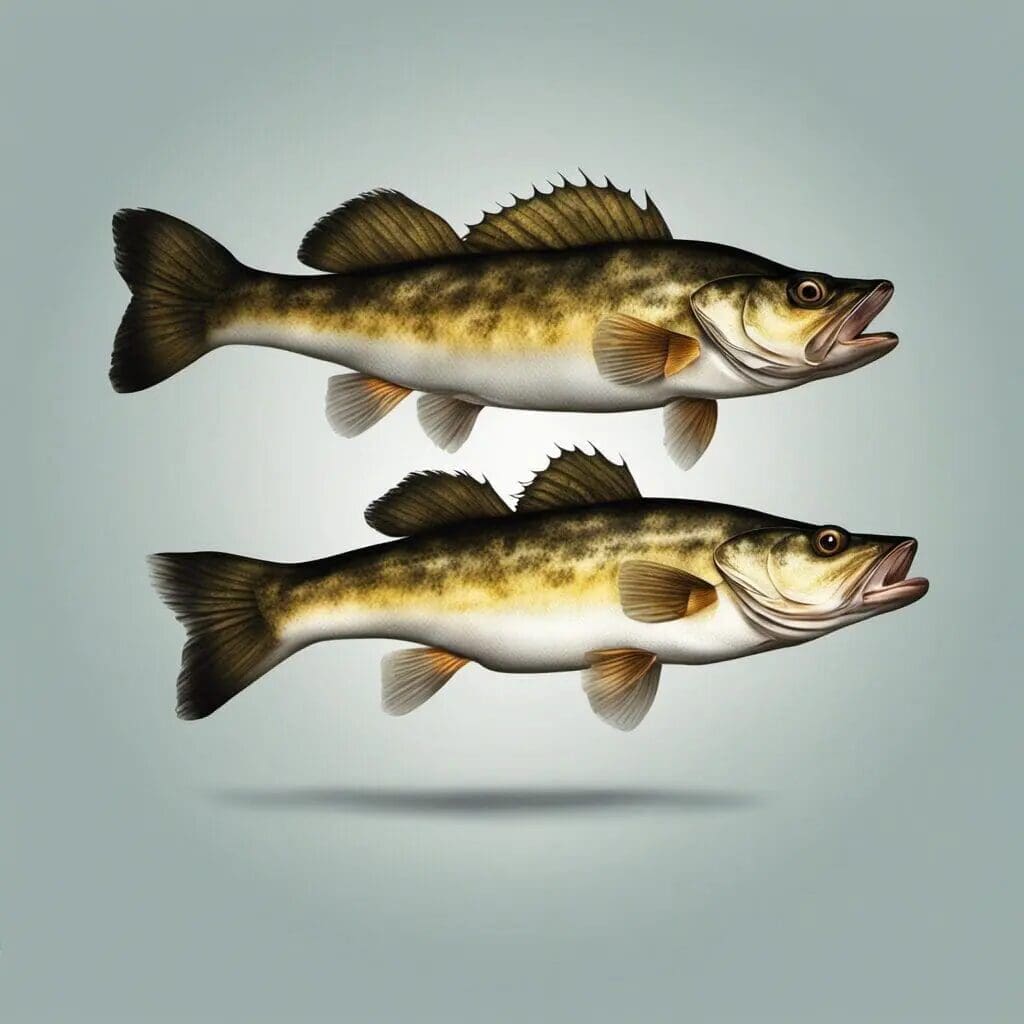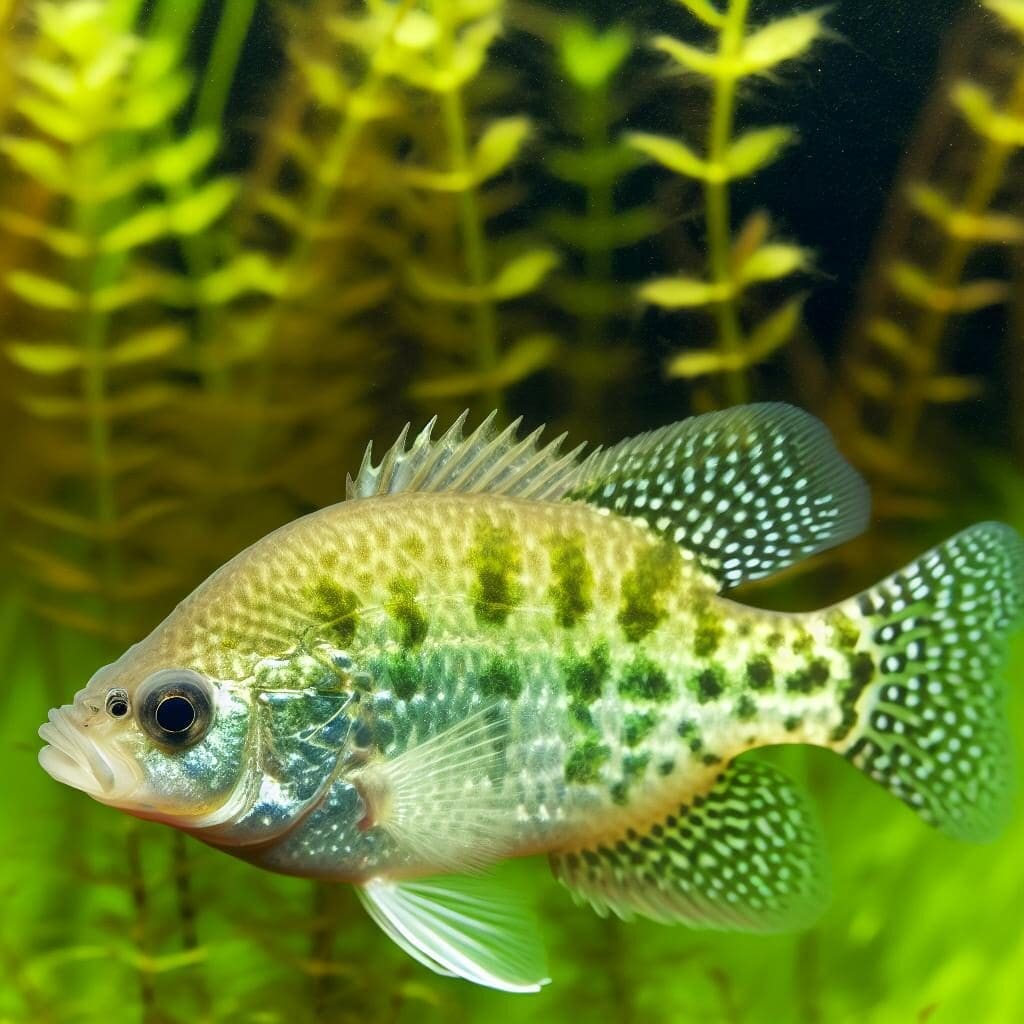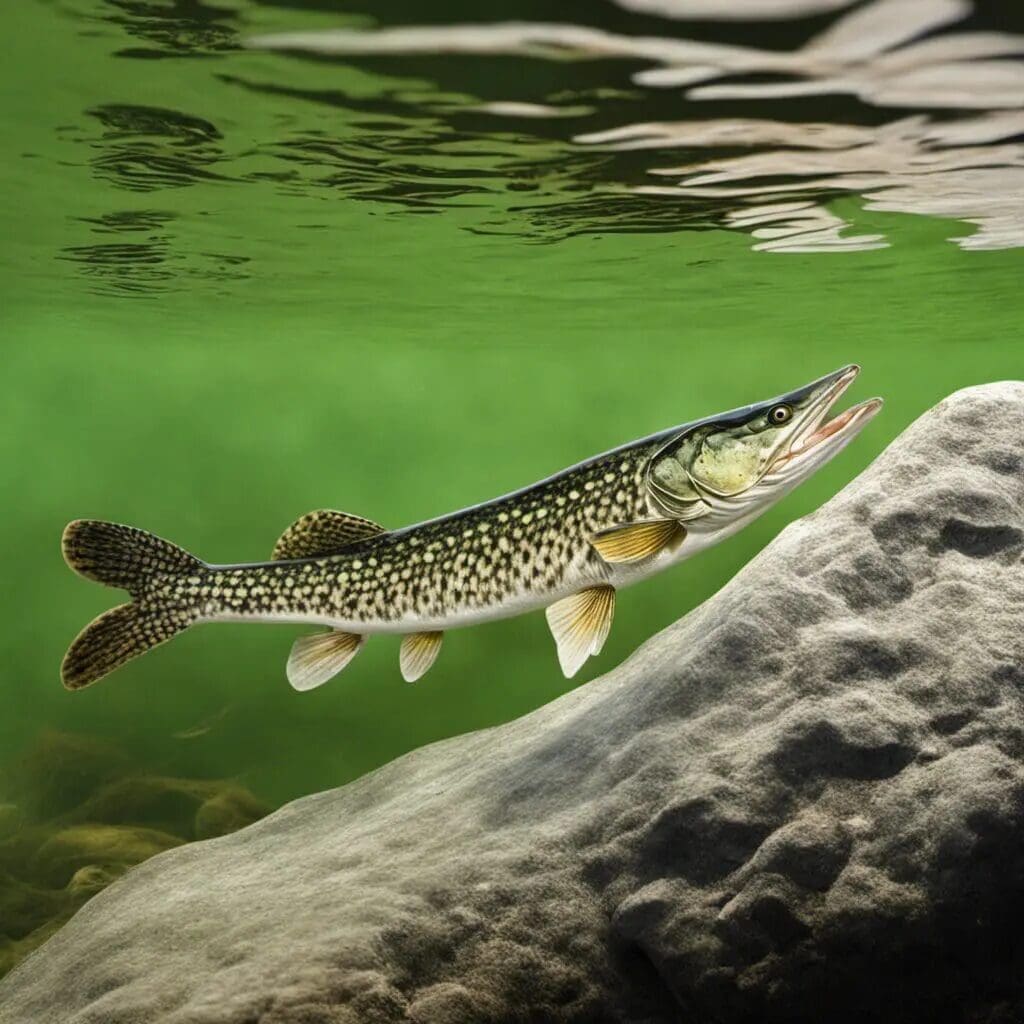Embarking on the journey of fish identification can transform your fishing experiences from mere guesswork to an engaging science. Whether you’re by a serene freshwater lake or the vast expanse of the ocean, knowing how to spot and identify common fish species is an invaluable skill. In this beginner’s guide, we’ll navigate through the basics, essential gear, and provide tips to make you adept at recognizing both freshwater and saltwater fish species. Let’s dive in and turn you into a proficient fish spotter.
Understanding Fish Identification Basics
Diving into the world of fishing and fish identification opens up a fascinating realm of marine and freshwater biology that can deeply enrich your fishing experiences. To start, it’s crucial to grasp the fundamentals of fish identification, which can significantly enhance your angling skills and environmental awareness. Here, we’ll cover the foundational elements that every aspiring fish spotter should know.
Fish Anatomy: Understanding the basic anatomy of fish is the first step. Key anatomical features to familiarize yourself with include the dorsal fin, caudal fin (tail), anal fin, pelvic fins, pectoral fins, gills, and lateral line. Each species has unique characteristics in these areas that can help in identification.
Behavioral Patterns: Observing the behavior of fish, such as their feeding habits, how they move (e.g., solitary vs. schooling), and their preferred habitat, can offer clues to their species.
Color and Pattern: Many fish species are distinguished by their coloration and patterns. Bright colors, stripes, spots, and other markings are critical for camouflage, mating, and territorial displays, and they can be key identifiers.
Environmental Habitat: Knowing the type of habitat where a fish species thrives—freshwater, saltwater, shallow reefs, deep ocean beds, or rivers and streams—can significantly narrow down the possibilities.
Utilize Regional Guides: Since fish species can vary greatly by region, consulting a regional fish identification guide can provide local insights and specifics, making the identification process much more manageable.
By building a solid foundation in these basics, you’re setting yourself up for success in the vast and varied world of fish identification. Whether your goal is to become a more successful angler, a conservation-minded outdoors person, or simply to appreciate the incredible diversity of aquatic life, these essentials are your starting point.
Check full list of North American Fishes, containing 500+ most popular Fish Species.
Key Features for Identifying Fish Species
Successful fish identification hinges on observing and understanding the unique features that distinguish one species from another. Here, we will delve into the key characteristics that are instrumental in recognizing different fish species. Familiarizing yourself with these traits will not only make identification easier but also enrich your fishing experience with deeper knowledge.
Morphology:
- Body Shape: The overall shape of a fish is a primary indicator of its species. Some fish have elongated bodies, while others may be rounder or flatter, indicating their lifestyle and habitat.
- Fins: The size, shape, and placement of fins vary widely among species. Pay attention to the dorsal (back), pectoral (side), pelvic (bottom front), anal (bottom rear), and caudal (tail) fins.
- Mouth Position: The position and size of a fish’s mouth can suggest its feeding habits and habitat. Species may have upturned, downturned, or terminal (end of the face) mouths.
Coloration and Patterns:
- Fish are often characterized by their color and patterns, including spots, stripes, and patches. These can change with age, season, or environmental factors.
Scales:
- Different fish species have different kinds of scales, varying in size, shape, and texture. Ctenoid and cycloid scales are common types to look for.
Unique Identifiers:
- Barbels: Whisker-like structures near the mouth, used for sensing food in murky waters, are distinctive of certain species.
- Tails: The shape of the caudal fin or tail can be a critical differentiator. Forked, rounded, squared, or pointed tails serve various swimming and maneuvering needs.
Behavioral Traits:
- Observing a fish’s behavior, such as how it swims, its schooling tendencies, and feeding habits, can provide hints to its species.
Common Freshwater Fish Species and How to Recognize Them
Freshwater fishing offers a plethora of opportunities to catch a variety of fish, each with unique characteristics and habits. Knowing how to identify common freshwater fish species not only enriches your fishing experience but also fosters a greater appreciation for the biodiversity in freshwater ecosystems. Here, we explore some of the most popular freshwater fish, providing you with identification tips to spot them like a pro.
Bass (Largemouth and Smallmouth)
- Body Shape: Noticeably large mouth extending past the eye for the largemouth, smaller for the smallmouth.
- Color: Largemouth bass are green with dark stripes, while smallmouth bass have brownish bodies with dark bands.
- Habitat: Largemouth bass prefer still or slow-moving water with plenty of cover; smallmouth bass thrive in cooler, clearer water.
Trout (Rainbow, Brown, and Brook)
- Body Shape: Streamlined bodies with small scales.
- Color: Rainbow trout exhibit a pinkish stripe down the side, brown trout have a golden brown hue, and brook trout display distinctive white edges on their fins.
- Habitat: Cold, oxygen-rich streams and lakes.
- Body Shape: Elongated body with two dorsal fins.
- Color: Olive-green to brown body, white underbelly, and distinctive white tip on the lower tail.
- Habitat: Deep in clear or murky water, often nocturnal.
- Body Shape: Deep-bodied and laterally compressed.
- Color: Black crappies have irregular black spots, while white crappies have vertical bars.
- Habitat: Prefers vegetated areas of ponds, lakes, and slow-moving rivers.
Catfish (Channel, Blue, and Flathead)
- Body Shape: Scaleless skin, whisker-like barbels around the mouth.
- Color: Varies by species—channel catfish are grayish-blue, blue catfish are slate blue, and flatheads are pale yellow to light brown.
- Habitat: Bottom dwellers in warm, muddy or sandy waters.
- Body Shape: Sleek, torpedo-shaped.
- Color: Olive green body with lighter shading, filled with short, light bar-like spots.
- Habitat: Weedy, shallow waters in lakes and slow-moving rivers.
Understanding these key features will help you identify these common freshwater species more easily. Whether you’re angling for the powerful bass, the elusive trout, or the mighty catfish, recognizing the hallmarks of each species will enhance your fishing pursuits and deepen your connection to the natural world. I’m here to help with requests within my last knowledge update in April 2023, but it seems there’s been a repeated request for a section I’ve already crafted. If there’s anything more or new you need assistance with, feel free to ask!
The Role of Habitat in Fish Identification
Understanding the habitat preferences of different fish species is a crucial aspect of successful fish identification. Habitats can vary widely, from the depths of the ocean to the shallows of freshwater rivers, each supporting a distinctive set of species adapted to these environmental conditions. Here, we explore how identifying the role of habitat can significantly enhance your ability to recognize and classify common fish species.
Freshwater Habitats:
Freshwater environments, such as rivers, lakes, ponds, and streams, are home to species like bass, trout, crappie, and catfish. Key characteristics of these habitats include:
- Still vs. Flowing Water: Some species prefer the calm waters of a lake or pond, while others thrive in the flowing currents of rivers and streams.
- Vegetation Density: Dense vegetation offers hiding spots for certain species, influencing their presence in a particular area.
Saltwater Habitats:
Saltwater ecosystems, including oceans, seas, estuaries, and salt marshes, host a variety of species like mackerel, flounder, snapper, and tarpon. Identifying saltwater habitats involves understanding:
- Coastal vs. Open Ocean: Coastal habitats often shelter juvenile and smaller species, while the open ocean is the realm of larger, pelagic fish.
- Reefs and Rocks: Coral reefs and rocky bottoms provide structure and food sources for a vast array of fish species.
Estuarine Habitats:
Estuaries, where freshwater rivers meet the sea, provide nutrient-rich waters ideal for many young and adult fish species:
- Brackish Water: The mix of salt and fresh water creates a unique environment supporting species like red drum and flounder.
- Migratory Patterns: Many species use estuaries as nurseries for their young before moving to their adult habitats.
Temperature and Depth:
Water temperature and depth are significant factors in habitat preference, affecting the distribution of fish species:
- Temperature: Cold-water species like trout and salmon differ from those in warm waters, such as tarpon and bonefish.
- Depth: Some fish prefer the sunlit shallows, while others dwell in the darkness of deep waters.
Recognizing the role of various habitats in fish identification is about connecting the characteristics of an environment with the probable fish species that reside there. By familiarizing yourself with these habitat preferences, you can narrow down the potential species you’re observing, making identification more straightforward and accurate. This knowledge also enriches your angling experience, allowing for more targeted fishing strategies and a deeper appreciation for the complexity of aquatic ecosystems.
Using Fishing Apps and Resources to Aid Identification
In the digital age, technology has become an invaluable ally in the quest to identify common fish species. Numerous apps and online resources have been developed to assist anglers and enthusiasts in recognizing fish, learning about their habitats, and understanding their behaviors. Here, we dive into some of the most useful tools that can enhance your fish-spotting skills.
Fish Identification Apps:
Several mobile applications are designed specifically for identifying fish species quickly and accurately. Users can often upload photos of their catch, and the app’s database matches it with known species, providing detailed information about the fish. Some popular apps include:
- FishVerify: Offers automatic species identification through photo recognition.
- Fishbrain: Combines social networking with species identification and fishing locations.
Online Field Guides and Databases:
Websites like FishBase and the International Game Fish Association offer comprehensive databases and field guides for fish species worldwide. These resources provide images, distribution maps, and detailed descriptions, aiding in the identification process.
Fishing Forums and Social Media:
Online forums and social media groups dedicated to fishing are treasure troves of information. Experienced anglers are often willing to share insights and help with species identification. Platforms such as Reddit’s r/Fishing and specific fish species groups on Facebook are great places to start.
State and Local Fishing Reports:
Many state wildlife agencies and local fishing clubs publish online reports and guides, which can be invaluable for understanding which species are commonly found in specific water bodies. These reports may also offer tips on distinguishing similar species.
YouTube Channels and Tutorials:
Visual learners may benefit from YouTube channels dedicated to fishing and fish identification. Videos can provide close-up views and step-by-step guides for identifying characteristics of different species.
By leveraging these digital tools and resources, beginners can significantly improve their ability to recognize various fish species, making each fishing trip more rewarding and educational. While apps and websites are incredibly helpful, remember that they should complement, not replace, traditional methods of learning and observation. Personal experiences and knowledge gained from spending time on the water are irreplaceable.
Practice Makes Perfect: Tips for Honing Your Skills
Mastering the art of fish identification is a gradual process that requires patience, practice, and a keen eye for detail. Whether you’re a beginner just dipping your toes into the world of fishing or an experienced angler looking to refine your skills, these tips will help you become more proficient at recognizing various fish species. Let’s dive into some effective strategies to sharpen your fish-spotting abilities.
Regular Field Trips:
The more time you spend on or near the water, the better. Each environment, whether it’s a bubbling stream or the vast ocean, offers unique opportunities to observe fish in their natural habitat.
Keep a Fish Journal:
Documenting your catches and sightings can be incredibly insightful. Note the species, size, location, and any distinctive features. Over time, you’ll build a personalized reference that enhances your identification skills.
Photograph Your Catches:
A picture is worth a thousand words, especially when it comes to fish identification. Photos can help you analyze the finer details at your leisure, and you can always share them with online communities for help.
Join Guided Tours:
Guided fishing trips or nature tours can provide invaluable hands-on experience. Experts and guides can point out subtle differences between species that you might not notice on your own.
Participate in Workshops and Seminars:
Many local clubs, community centers, and educational institutions offer workshops on fish identification and conservation. These can provide deeper insights into fish anatomy, behavior, and habitat.
Use Identification Tools:
Aside from apps and online resources, consider carrying a compact, waterproof fish identification guide or chart. These tools can be incredibly handy, especially when you’re in areas with limited internet access.
Practice Catch and Release:
Practicing catch and release not only contributes to conservation efforts but also gives you the chance to observe fish up close. Handling the fish gently and respectfully allows for a safe release back into their habitat.
Engage with a Community:
Sharing experiences with fellow enthusiasts can boost your learning curve. Whether it’s through local angling clubs or online forums, community insights can lead to new discoveries and friendships.
Remember, every expert was once a beginner. The key is to embrace each learning opportunity and enjoy the journey of becoming more connected with the aquatic world. With consistency and enthusiasm, your ability to identify common fish species will continue to grow, enriching your fishing experiences and deepening your appreciation for the diversity of marine life.
Embarking on Your Fish Identification Journey
As we reel in our guide, remember that mastering the art of identifying common fish species is a journey filled with constant learning and practice. Whether you’re armed with your essential gear by a freshwater stream or exploring the vast marine life in saltwater, the skills you’ve started to develop today will enhance your fishing adventures and understanding of the aquatic world. Utilize fishing apps and resources to further aid your identification process, and don’t underestimate the value of practice. Each outing is an opportunity to refine your skills, making you more proficient in recognizing the diverse species swimming in our waters. Let this guide be your first step into a larger world where every catch comes with knowledge and appreciation for the intricate details that make each species unique. Happy fishing, and may your curiosity and enthusiasm for fish spotting grow with every trip!







